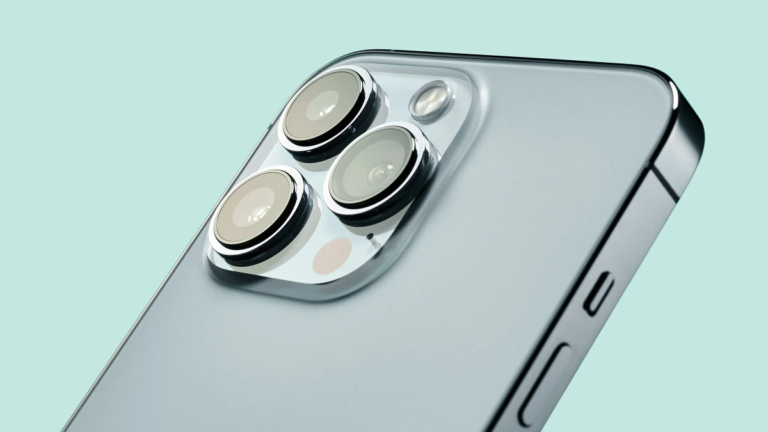Let’s talk about Depth Camera Vs RGB Camera. Most smartphones have multiple cameras in them. They come with at least two cameras – a regular RGB camera and a depth camera.
While both cameras capture images, they serve different purposes. To understand their purposes in our smartphone, we’ll need to first understand what each of these cameras are, their working, and how they differ from each other.
What is a Depth Camera in your smartphone?
A depth camera, also known as LIDAR camera or 3D camera, captures depth information of a scene along with the regular image frame. The depth information provides data about the distance of objects from the camera.
Depth cameras emit infrared light which is then reflected back and captured by sensors to estimate depth and dimensions of objects. Popular techniques used in depth cameras include Time-of-Flight (ToF), Structured Light, and Stereo Vision.
What is an RGB Camera in your smartphone?
RGB refers to the red, green and blue color channels. The image sensor in a regular smartphone camera captures light from a scene in these three primary color channels to construct color images and videos. Such a camera is called an RGB camera.
The components of an RGB camera include image sensors, camera lens, image processor, and supporting circuitry. The image sensor absorbs light focused by the lens and converts it into digital pixel data. This raw data is then processed by the image processor to produce vibrant color images.
RGB cameras capture texture details that allow the creation of high quality photographs.
What is a Depth Camera used for?
A telephoto lens contributes to depth perception in photography, helping to create a natural and appealing background blur in portrait mode. But it is not suitable to replace telephoto with a depth camera.
Some of the popular applications of depth cameras include:
- Portrait Mode: Separate background from foreground to produce DSLR-like bokeh effect
- Augmented & Virtual Reality Apps: Adds depth perspective for immersive 3D environment
- 3D Scanning & Modelling: Create 3D mesh models by estimating shapes and depth maps
- Scene Comprehension: Understand depth and space to aid detection and tracking
- Gaming: Motion sensing input for natural gameplay in VR/AR games
- Measurements: Calculate dimensions of objects or spaces in real-time
The depth data gives contextual understanding about a scene that enables smarter processing for enhanced photography, accurate measurements and immersive mixed reality experiences.
What is an RGB Camera used for?
The applications of a standard RGB camera on smartphones include:
- General Photography: Capture life memories, events, landscapes, etc as vibrant high resolution photos
- Social Sharing: Enable photos and videos to be shared on social media apps
- Scanning Documents: Digitize paper documents into digital copies
- Video Calling: Enable face-to-face video chat on communication apps
- Recording Video: Capture high definition videos with smooth frame rates
- Streaming Content: Create vlogs, videos for platforms like YouTube, etc
- Photography Apps: Edit, add filters and manipulate captured photos through editing apps
RGB cameras emphasize color accuracy, resolution, framing and enable general purpose photography and videography.
Depth Camera VS RGB Camera: The Difference
While both serve complementary roles, depth cameras provide additional scene context. The core differences between Depth Camera vs RGB Camera are:
- Depth Camera captures spatial/depth data while RGB Camera captures color images.
- Depth Camera uses infrared light; RGB uses visible light spectrum
- Resolution offered by Depth Cameras is lower compared to RGB cameras
- Depth Cameras have higher power consumption due to infrared light and sensors
- Depth Camera gives contextual understanding of scenes; RGB offers color accuracy
- Depth data aids computational photography and computer vision; RGB assists traditional photography
- Depth Cameras perform better in low light scenes compared to RGB cameras
With advances in optical sensing and processing, the gap between the two is lowering substantially.
Conclusion
To summarize, smartphone cameras have expanded from a single RGB camera to dual, triple and even quad camera setups. RGB cameras continue to be the primary camera fitted to both front and back for regular photos and videos.
The additional depth sensing camera delivers capabilities not possible with visible light cameras. With infrared light and special sensors, they capture spatial structures to power next-generation photography, AR/VR experiences and volumetric content.
As smartphones become more advanced, so will their multi-camera capabilities for stunning image quality and radical new applications.






